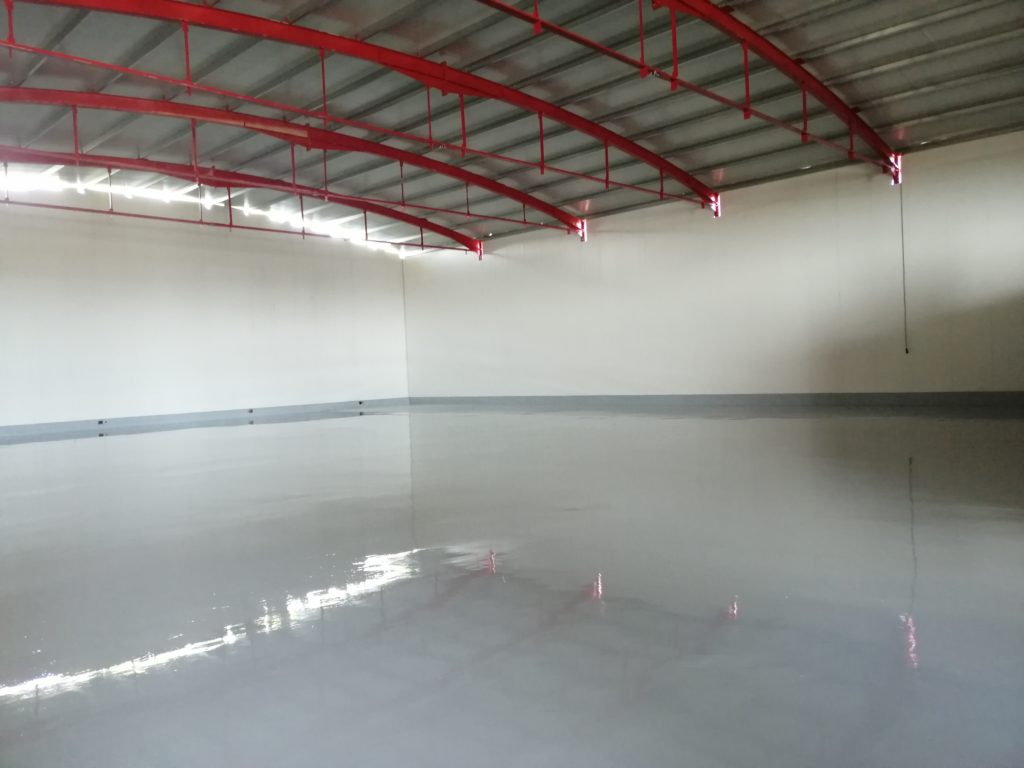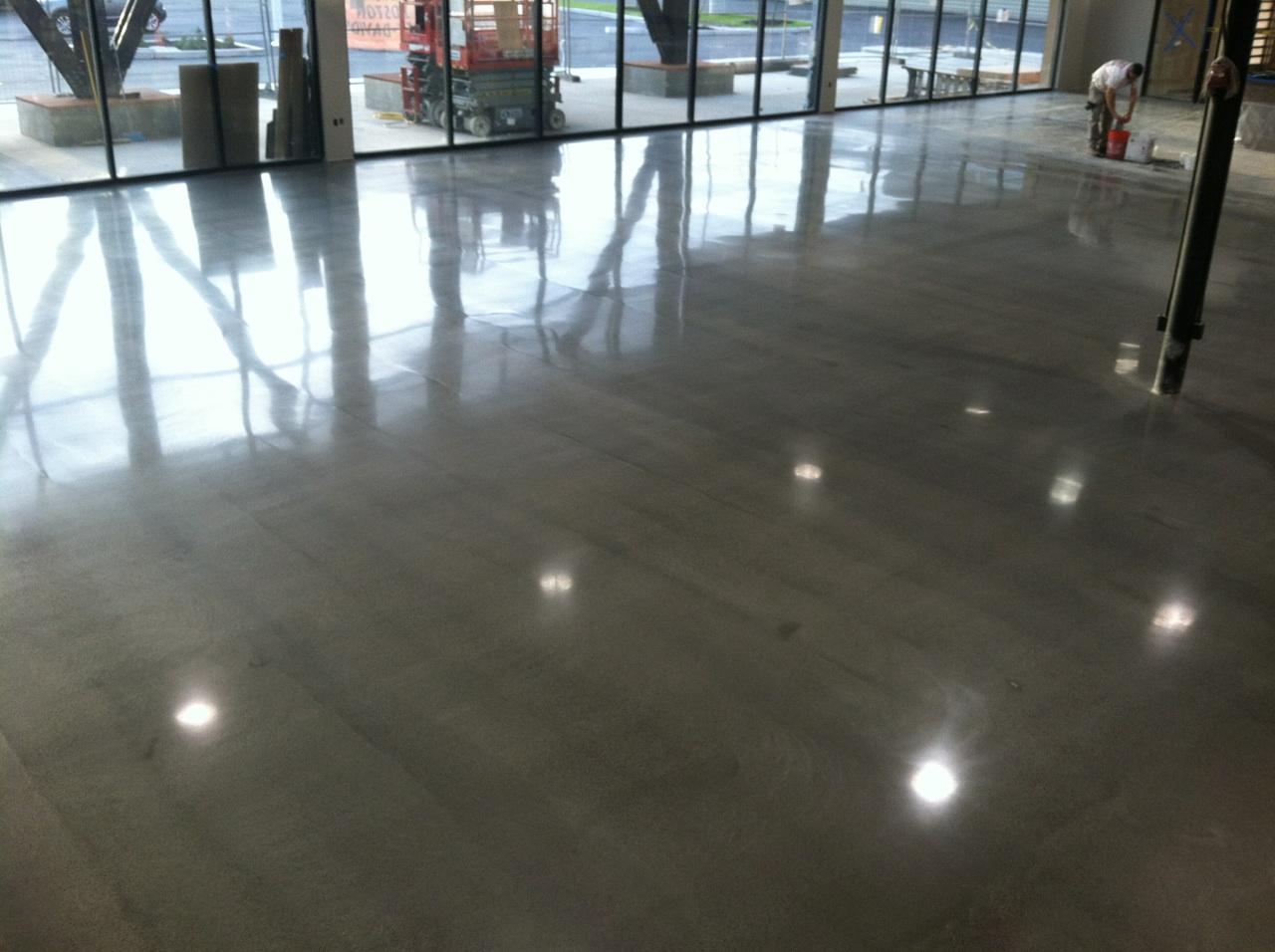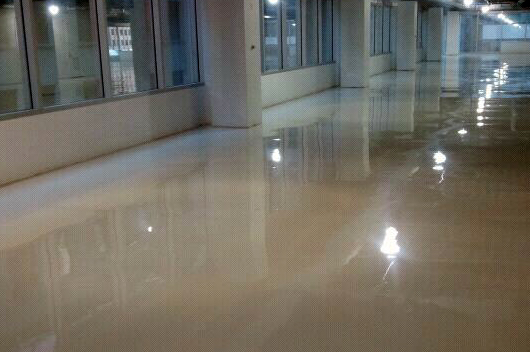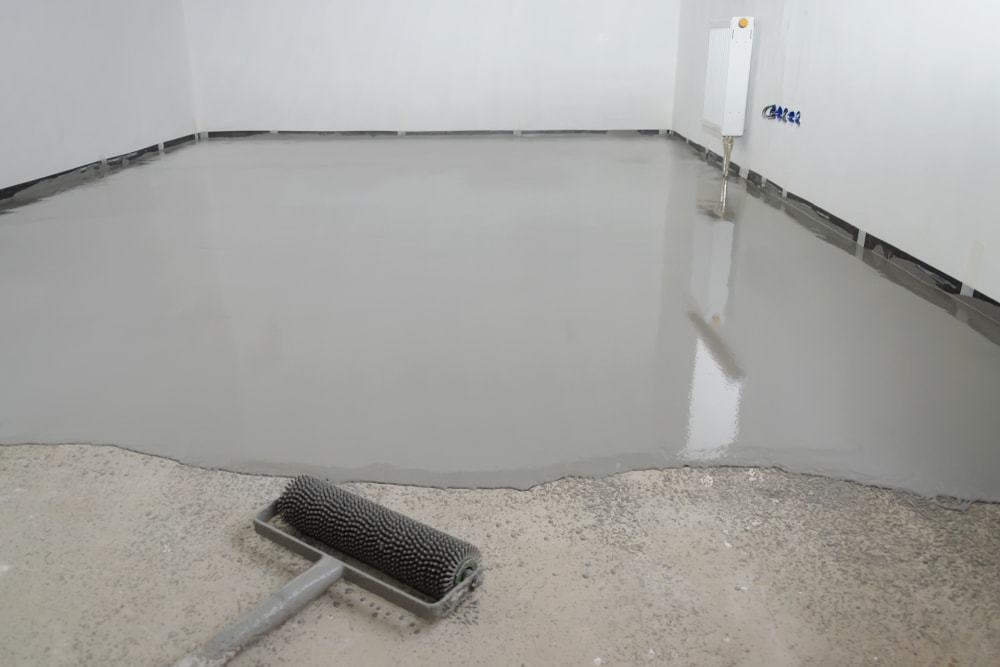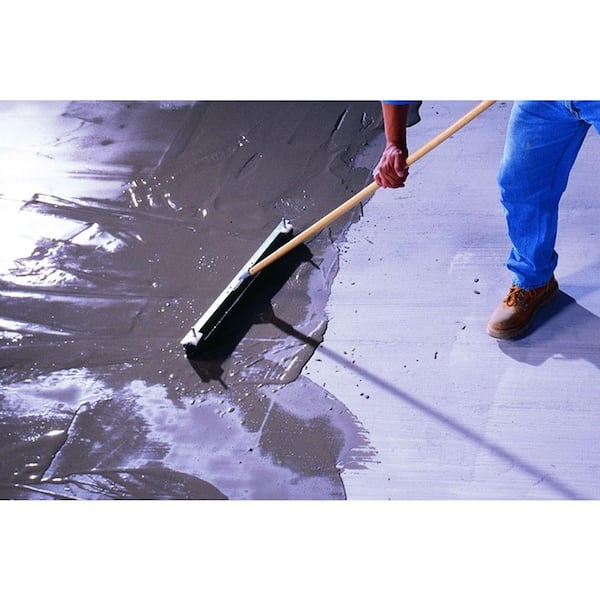Understanding Epoxy Floor Leveling Products
Epoxy floor leveling products are an essential component in the construction and renovation industry. They are specially designed to provide a smooth and level surface for various flooring applications. Whether you are working on a residential or commercial project, understanding the basics of epoxy floor leveling products is crucial. Let’s talk about the key aspects of these products, including their composition, types, and uses.
- Composition of Epoxy Floor Leveling Products: Epoxy floor leveling products are typically made of two components – resin and hardener. When these components are mixed, a chemical reaction occurs, resulting in a strong and durable material. The resin provides the adhesive properties, while the hardener acts as a catalyst for the curing process. Additionally, various additives can be included to enhance specific properties such as flexibility, self-leveling, and resistance to chemicals or UV radiation.
- Types of Epoxy Floor Leveling Products: There are different types of epoxy floor leveling products available in the market, each catering to specific requirements. Self-leveling epoxy is commonly used to create a smooth and level surface, especially in areas with high foot traffic. It flows easily and fills in uneven areas, resulting in a seamless finish. On the other hand, epoxy mortar is a thicker and more robust product, suitable for repairing damaged concrete surfaces or filling large cracks and holes.
- Uses of Epoxy Floor Leveling Products: Epoxy floor leveling products find applications in various industries and settings. They are commonly used in commercial buildings, warehouses, factories, and even residential spaces. These products are ideal for leveling and preparing surfaces before installing various types of flooring, such as epoxy coatings, vinyl, carpet, or tiles. They provide a solid foundation that helps to extend the lifespan of the flooring and ensure better performance.
- Advantages of Epoxy Floor Leveling Products: Using epoxy floor leveling products offers several benefits. Firstly, they create a smooth and level surface, eliminating any imperfections or undulations in the flooring. This not only enhances the aesthetics but also improves the functionality and safety of the space. Additionally, epoxy floor leveling products improve the bond between the flooring material and the substrate, ensuring better adhesion and durability. They are also resistant to chemicals, abrasion, and impact, making them suitable for high-traffic areas.
- Maintenance and Longevity of Epoxy Floor Leveling Products: Proper maintenance is crucial to ensure the longevity of epoxy floor leveling products. Regular cleaning and periodic inspections help to identify any signs of wear or damage. It is essential to follow the manufacturer’s guidelines for cleaning agents and methods to prevent any potential damage to the epoxy surface. Additionally, applying a topcoat or sealant can further enhance longevity and protect the epoxy floor leveling product from UV radiation or chemical spills.
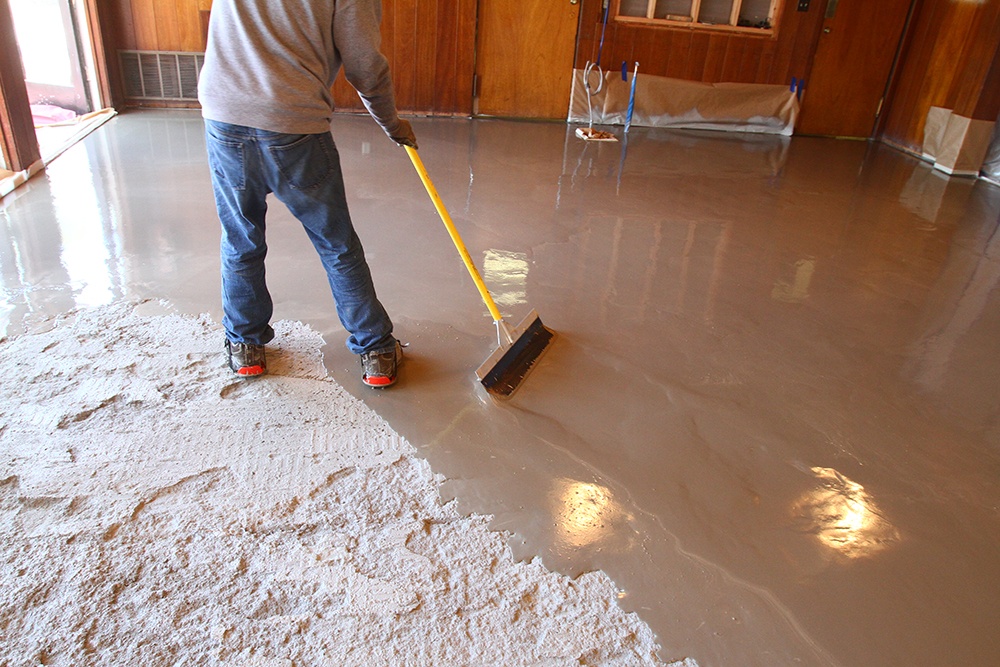
The Benefits of Using Epoxy Floor Leveling Products
Epoxy floor leveling products offer several advantages, making them a popular choice in the construction and renovation industry. Whether you are working on a residential or commercial project, understanding the benefits of using epoxy floor leveling products can help you make an informed decision. We will explore the key advantages of these products, including their durability, versatility, and ease of maintenance.
Durability and Longevity: One of the significant benefits of using epoxy floor leveling products is their exceptional durability. These products are designed to withstand heavy foot traffic, machinery, and even chemical spills. They create a robust and seamless surface that is resistant to abrasion, impact, and wear. With proper installation and maintenance, epoxy floor leveling products can last for many years, providing a reliable and long-lasting flooring solution.
Versatility and Customization: Epoxy floor leveling products offer a wide range of design options and customization possibilities. They can be tinted with various pigments to create a vibrant and visually appealing surface. Additionally, decorative elements such as flakes, quartz, or metallic powders can be added to enhance the aesthetics of the flooring. This versatility allows you to tailor the epoxy floor to your specific design preferences, whether you prefer a sleek and modern look or a more rustic and textured finish.
Ease of Maintenance: Maintaining epoxy floor leveling products is relatively easy and requires minimal effort. The smooth and seamless surface does not trap dirt, dust, or allergens, making it hygienic and suitable for sensitive environments such as hospitals or laboratories. Regular sweeping or vacuuming, along with occasional mopping using a mild detergent, is usually sufficient to keep the floor clean and well-maintained. Additionally, the non-porous nature of epoxy flooring makes it resistant to stains and spills, further simplifying the cleaning process.
Enhanced Safety: Safety is a crucial aspect of any flooring solution, and epoxy floor leveling products excel in this area. These products can be formulated with anti-slip additives, ensuring a high coefficient of friction even in wet or oily conditions. This reduces the risk of slips and falls, making epoxy flooring a safe choice for areas prone to moisture or where safety is a primary concern. Moreover, epoxy floor leveling products can also be designed to meet specific industry standards, such as fire resistance or electrostatic dissipation.
Environmental Friendliness: In recent years, there has been an increased focus on sustainable and eco-friendly building materials. Epoxy floor leveling products are considered environmentally friendly due to their low VOC (Volatile Organic Compound) content. VOCs are harmful chemicals that can be released into the air, contributing to air pollution and health issues. By using epoxy floor leveling products with low VOC emissions, you can create a healthier indoor environment for occupants while minimizing the impact on the environment.
Step-by-Step Application Process for Epoxy Floor Leveling Products
Applying epoxy floor leveling products involves a systematic process to ensure a smooth and level surface. Whether you are a DIY enthusiast or a professional contractor, understanding the step-by-step application process is essential for achieving optimal results. We will guide you through the key steps involved in applying epoxy floor leveling products.
Surface Preparation: The first and most crucial step in the application process is surface preparation. The substrate must be clean, dry, and free from any contaminants such as dirt, oil, or grease. Start by thoroughly cleaning the floor using a suitable cleaner or degreaser. Remove any loose or damaged materials, and repair any cracks or holes using an appropriate patching compound. Once the surface is clean and repaired, it’s recommended to use a primer to enhance adhesion.
Mixing the Epoxy Components: Epoxy floor leveling products typically come in two separate components – resin and hardener. Follow the manufacturer’s instructions to measure and mix the components in the correct ratio. Use a mixing paddle or mechanical mixer to ensure thorough and homogeneous mixing. It’s crucial to mix the epoxy components properly to activate the curing process and achieve the desired performance.
Application of the Epoxy Floor Leveling Product: Once the epoxy components are properly mixed, it’s time to apply the floor leveling product. Start by pouring the mixed epoxy onto the substrate in small sections. Use a squeegee or notched trowel to spread the epoxy evenly, ensuring a smooth and consistent layer. If you’re working on a large area, it’s recommended to work in manageable sections to ensure proper application and control over the material.
Spreading and Self-Leveling: After spreading the epoxy, use a spiked roller or a self-leveling tool to help spread the material evenly and remove any air bubbles or trapped pockets. This step is crucial to achieve a level surface and ensure proper adhesion. The self-leveling property of the epoxy floor leveling product will help it settle and flow into any uneven areas, creating a smooth and level finish.
Curing and Drying Time: Allow the epoxy to cure and dry according to the manufacturer’s instructions. This typically involves a waiting period of several hours or even days, depending on the specific product and environmental conditions. It’s essential to avoid foot traffic or any other activity on the epoxy surface during the curing process to prevent any damage or imperfections.
Finishing Touches: Once the epoxy floor leveling product is fully cured, you can proceed with any additional finishing touches. This may include applying a topcoat or sealant to further enhance the durability and aesthetics of the flooring. Follow the manufacturer’s instructions for the specific product you are using to ensure proper application and optimal results.
Choosing the Right Epoxy Floor Leveling Product for Your Project
Choosing the right epoxy floor leveling product is essential to ensure a successful flooring project. With various options available in the market, selecting the most suitable product can be overwhelming. We will guide you through the key factors to consider when choosing an epoxy floor-leveling product for your specific project requirements.
Project Scope and Surface Condition: The first step in choosing the right epoxy floor leveling product is to assess the scope of your project and the condition of the existing surface. Consider factors such as the size of the area, the type of substrate (concrete, wood, etc.), and any specific challenges or requirements. For example, if you’re working in a large commercial space with high foot traffic, you may need a self-leveling epoxy that can quickly cover large areas. If you’re dealing with a damaged or uneven surface, a thicker epoxy mortar may be required for effective leveling and repair.
Performance Requirements: Identify the performance requirements of your project to select an epoxy floor leveling product that meets your specific needs. Consider factors such as the expected level of foot traffic, exposure to chemicals or harsh environments, and any specific industry or safety standards. For example, if you’re working in a manufacturing facility where chemical spills are common, choose an epoxy floor-leveling product with excellent chemical resistance. If you need a decorative finish, opt for a product that offers customization options such as color or decorative flakes.
Compatibility with Flooring System: Consider the type of flooring system you plan to install over the epoxy floor leveling product. Different flooring materials may have specific requirements or compatibility issues with certain epoxy products. For instance, if you’re planning to install epoxy coatings, make sure the epoxy floor leveling product is compatible with the specific coating system you intend to use. Consult with the manufacturer or a flooring professional to ensure compatibility and avoid any potential issues in the future.
Ease of Application: Consider the ease of application when choosing an epoxy floor leveling product, especially if you’re a DIY enthusiast or working on a small project. Some epoxy products may require specialized equipment or professional expertise for proper application. If you’re inexperienced or have limited resources, opt for a product that is user-friendly and provides detailed instructions for DIY applications. Additionally, consider the curing and drying time of the product, as this can affect project timelines and accessibility to the area.
Manufacturer’s Reputation and Support: Finally, it’s important to consider the reputation and support provided by the manufacturer of the epoxy floor leveling product. Look for a reputable manufacturer with a track record of producing high-quality products. Read customer reviews and testimonials to gauge the performance and reliability of the product. Additionally, consider the level of technical support and customer service provided by the manufacturer, as this can be valuable in case you encounter any issues or have questions during the application process.
Common Mistakes to Avoid When Using Epoxy Floor Leveling Products
Using epoxy floor leveling products requires precision and attention to detail to achieve optimal results. However, there are common mistakes that can occur during the application process, leading to issues and subpar performance. We will highlight some of the most common mistakes to avoid when using epoxy floor leveling products, helping you achieve a successful flooring project.
Inadequate Surface Preparation: One of the most common mistakes is inadequate surface preparation. Failing to clean the substrate thoroughly or neglecting to repair any cracks or damage can compromise the adhesion and performance of the epoxy floor leveling product. Properly clean the surface, remove any contaminants, and repair any imperfections before applying the epoxy. This will ensure a clean, strong bond between the substrate and the epoxy.
Incorrect Mixing of Epoxy Components: Improper mixing of the epoxy components is another common mistake that can lead to issues during the application process. It’s crucial to follow the manufacturer’s instructions and mix the resin and hardener in the correct ratio. Inaccurate mixing can result in an incomplete cure, weak bonding, or an uneven finish. Use a mixing paddle or mechanical mixer to ensure thorough and homogeneous mixing of the epoxy components.
Insufficient Coverage or Thickness: Applying an insufficient amount of epoxy or not achieving the recommended thickness can lead to an uneven surface and compromise the performance of the flooring system. Follow the manufacturer’s guidelines regarding coverage and thickness requirements. Use the recommended tools, such as a notched trowel or squeegee, to achieve an even and uniform application. Proper coverage and thickness will ensure a durable and level surface.
Inadequate Drying and Curing Time: Rushing the drying and curing time is a common mistake that can affect the performance and durability of the epoxy floor leveling product. It’s essential to allow the epoxy sufficient time to dry and cure according to the manufacturer’s instructions. Avoid foot traffic or any other activity on the epoxy surface during this period. Premature use can lead to scratches, indentations, or a compromised bond between the epoxy and the flooring system.
Lack of Protection and Maintenance: Neglecting to protect and maintain the epoxy floor after installation is a mistake that can reduce its lifespan and performance. Apply a suitable topcoat or sealant to protect the epoxy surface from UV radiation, chemicals, and abrasion. Follow the manufacturer’s guidelines for cleaning and maintenance, using appropriate cleaning agents and methods. Regular inspections and prompt repairs of any damages or wear are crucial to ensuring the longevity of the epoxy floor.
Self Leveling Epoxy Floors: An introduction
Self -leveling Compound – Buy Self Leveling Cement,Self Leveling
Self Leveling Concrete Best Epoxy, Boston Concrete Floor Coatings
Performance Epoxy 100% Solids self leveling epoxy – Seal-Krete
Durable Self Leveling Epoxy Floor Coating (Hz-001) – China Paint
Do-It-Yourself Epoxy Floor Coating
Applying a Self Levelling Epoxy Floor – Step by Step from a real Project!
Self-Levelling Warehouse Flooring Systems – Maris Polymers
Custom Building Products LevelQuik RS 50 lbs. Self-Leveling
Related Posts:


